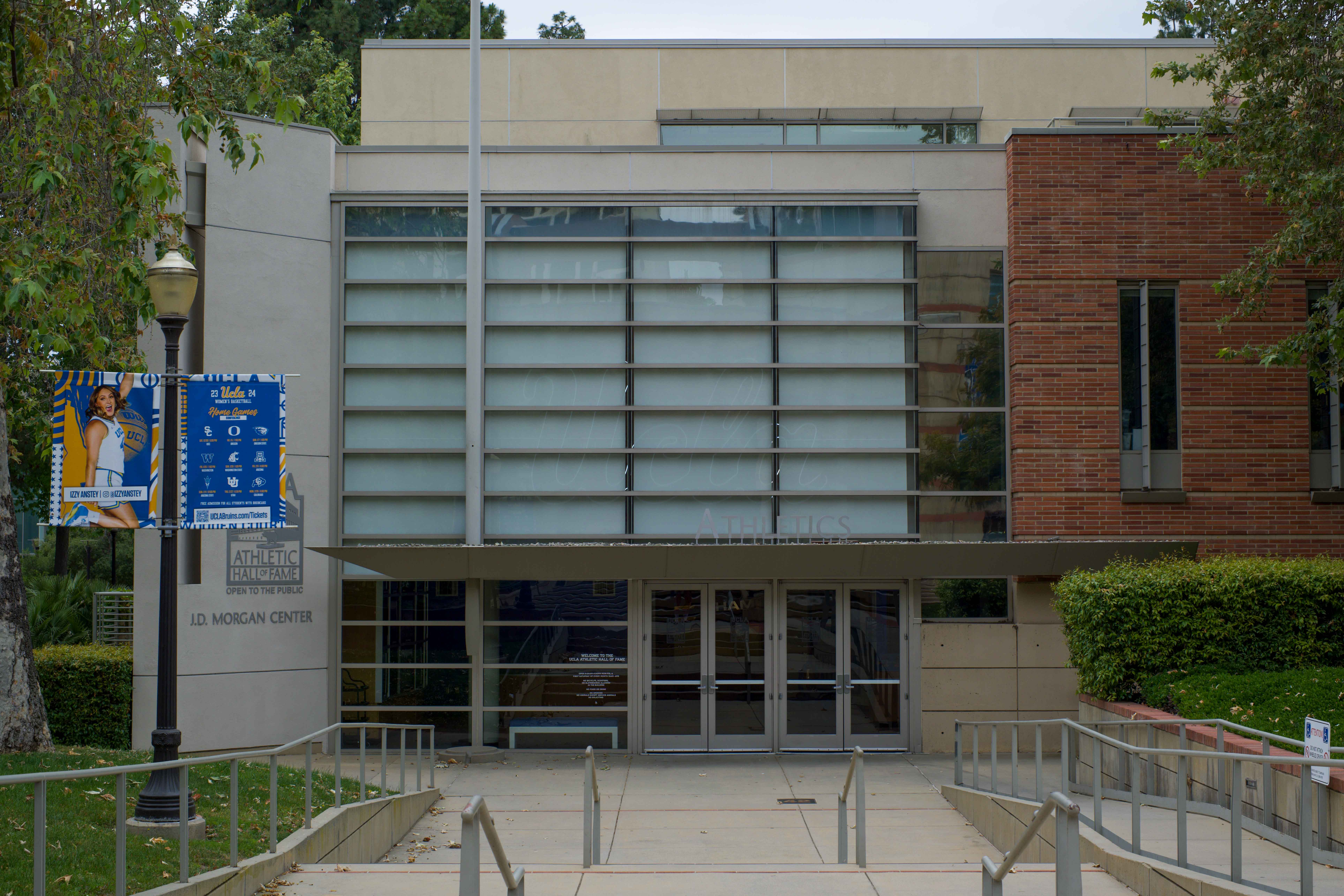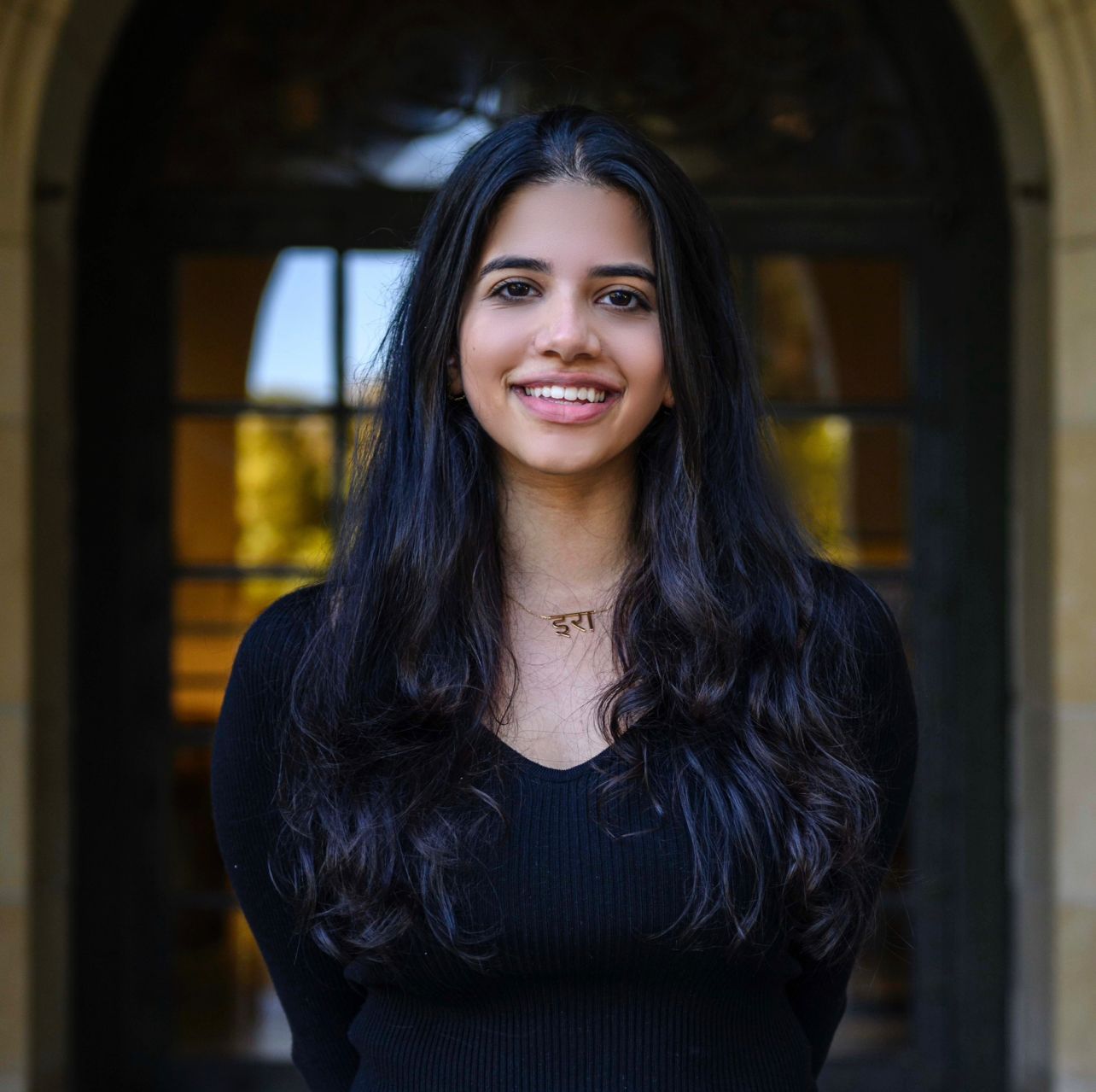NCAA, Power 5 reach historic deal allowing schools to pay student-athletes

J.D. Morgan Center, home of UCLA Athletics, is pictured. The NCAA and its Power 5 conferences reached a multibillion-dollar settlement Thursday that will allow schools to directly pay athletes. (Aidan Sun/Daily Bruin)

By Ira Gorawara
May 27, 2024 3:14 p.m.
This post was updated May 28 at 5:49 p.m.
The NCAA has long required prospective Division I and II student-athletes to receive amateurism certification – documentation confirming their status as amateurs, prohibiting payment for performance.
But a seismic shift in collegiate athletics will reduce this century-old pillar to rubble.
The NCAA and the Power 5 conferences reached a historic agreement Thursday allowing schools to pay players directly. The decision is part of a multibillion-dollar settlement to resolve three federal antitrust cases that challenged the NCAA’s long-standing amateurism model and accused the NCAA of illegally preventing student-athletes from profiting off their own names.
Under its Board of Governors’ terms of agreement, the NCAA will pay over $2.7 billion in damages over the next decade to pre-NIL student-athletes dating back to 2016 and current student-athletes. The NCAA and its conferences also agreed to a revenue-sharing plan allowing each school to share upward of $20 million per year with its student-athletes.
“Our goals are to support and develop our student-athletes, compete at the highest level and maintain fiscal sustainability,” said UCLA Athletics in an emailed statement. “UCLA Athletics expects to participate in student-athlete revenue sharing, with an anticipated start of August 2025. The cap of 22% of revenue could amount to as much as $20-$22M per year.”
Marking the first time in college sports history that schools can pay student-athletes directly, the resolution entails the caveat that student-athletes relinquish their right to sue the NCAA for antitrust violations.
According to CBS Sports, the settlement’s approval shields the governing body from potential financial catastrophe – estimated at more than $4.2 billion had the cases proceeded to trial.
In the coming month, the NCAA and its conferences will submit a more comprehensive settlement agreement to Judge Claudia Wilken of the United States District Court for the Northern District of California, with Wilken presiding over all three antitrust lawsuits.
Wilken’s approval during a preliminary hearing – likely in July – would give all Division I student-athletes months to scrutinize the terms and determine whether they wish to raise objections or opt out of the class-action settlement. Pending Wilken’s approval, revenue sharing is anticipated to commence in fall 2025, according to a report from ESPN.
Unlike NIL, which permits student-athletes to capitalize on personal brands through endorsements and commercial ventures, the revenue-sharing plan offers a systematic distribution that ensures equitable compensation for Division I student-athletes, irrespective of their individual marketability.
However, NIL agreements are expected to subsist in addition to the revenue-sharing settlement, albeit not as prevalent as in the recent era of college athletics. Student-athletes will retain the chance to leverage NIL rights for brand partnerships, with some schools possibly obtaining exclusive rights to a player’s NIL through contractual agreements.
NIL collectives – organizations designed to orchestrate student-athletes’ endorsement opportunities – are similarly posed to persist in a more nuanced capacity, playing a vital role in offering supplementary incentives to student-athletes beyond revenue shares, facilitated by a third-party entity offering bonuses.
NIL remains the Wild West within the collegiate sports landscape. The structure of the transfer portal and NIL offers players an opportunity to act like professional free agents at least once a year. In exchange for regaining control, coaches and athletic administrators will likely relinquish a percentage of the TV revenue that flows into college sports, according to ESPN’s Dan Murphy.
While the newly minted revenue-sharing model might provide a recruiting edge for UCLA as it joins the Big Ten – because of the conference’s lucrative TV contracts – Title IX implications would mandate equal distribution of funds between men’s and women’s sports, thereby potentially diluting benefits for football and men’s basketball.
The UC Board of Regents authorized a $10 million yearly payment from UCLA to California after the Bruins’ decision to join the Big Ten. Amid a $20 million annual payout to student-athletes and a $10 million yearly commitment to California, UCLA faces budgetary complexities exacerbated by heightened travel expenses and stringent accounting practices.
“With finite resources, an investment in revenue sharing will greatly alter our financial outlook, and we anticipate important discussions with campus leadership around equity, who will receive these new benefits, and how we remain both competitive and fiscally sustainable,” said UCLA Athletics in the statement. “Our student-athletes and their holistic development remain at the core of everything we do, and we will continue to support and develop them while investing in priority areas of academics, nutrition and mental health resources.”

